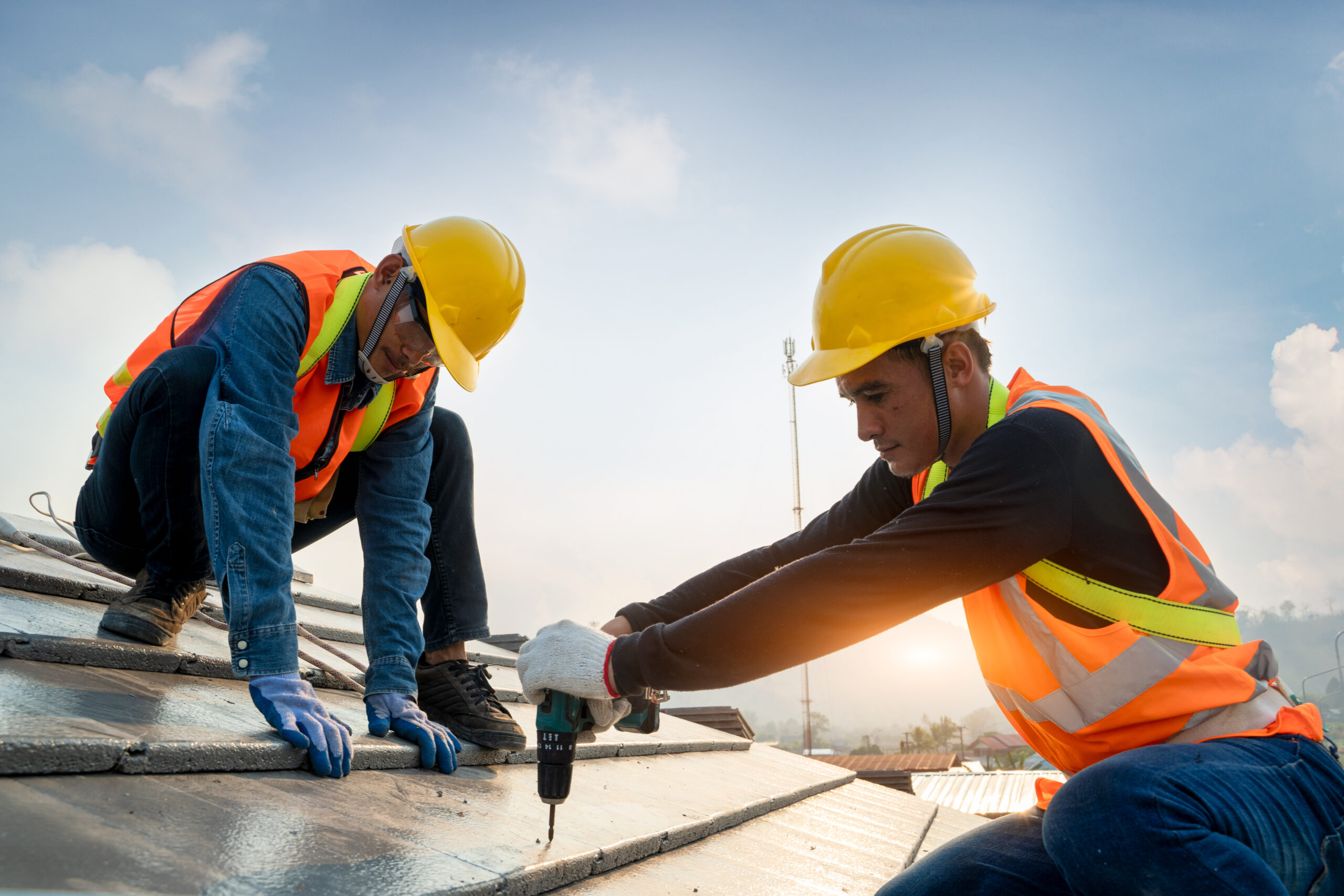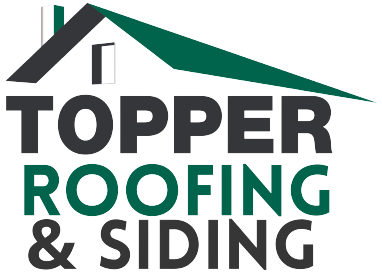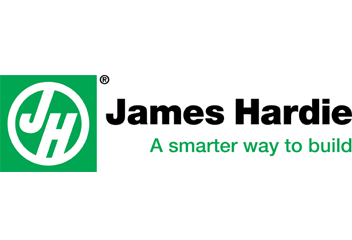Roofing work is dangerous, and as industry standards evolve, safety equipment like roof safety harnesses and personal fall arrest systems have become essential to reduce fatalities. These systems have saved countless lives, but they’ve also improved over time. Selecting a professional roofing company that stays up-to-date and is committed to safety standards is critical. In this blog, we’ll explore the real-world application of these systems, why they’re crucial, and common mistakes that can compromise a worker’s safety.

The Evolving Safety Standards
In the past, roofing safety equipment didn’t have the advanced design or regulatory backing it does today. Initially, simple harnesses were used, but as safety protocols became stricter, systems became more comprehensive. The OSHA standards evolved to demand fall protection equipment for any work above six feet. Now, the materials and designs of these systems are constantly upgraded with technology to improve the shock absorption and durability of lifelines as well as comfort and fit of harnesses.
Anchor points and fall arrest systems have been engineered in recent years to absorb greater force and distribute impact better. These changes ensure that the systems can withstand the forces of a fall and minimize injury.
Comparing Fall Protection Methods Across Roofing Industries
Fall protection between roofing sectors differs depending on what the job site requires. In a nutshell, here’s the difference in a few brief details:
- Residential Roofing: Fall protection involves temporary systems like roof anchor points with lanyards in most instances. These systems are inexpensive, relatively easy to establish, yet when anchored to some structural member like a rafter, it does provide substantial fall protection.
- Commercial Roofing: These projects are large-scale and mostly use guardrails, safety nets, and permanent anchor points. These systems are best for long-term use because they are flexible and protect teams working together.
- Steep-Slope Roofing: In this category, the most common system is the roof safety harnesses with lanyards and rope grabs. Workers require these systems because they allow them to move about while remaining securely attached to the roof.
Common Mistakes to Avoid
Even with the best equipment, improper setup or use can undermine your safety. Here are some mistakes to avoid when working with roof safety harnesses:
- Incorrect Anchor Point Selection: Not all roof components can handle the load of a falling worker. Always ensure you’re anchoring to something strong and stable, such as a rafter or truss. Never rely on a ridge or edge alone.
- Improper Harness Fit: When the harness is too loose or too tight, it can be dangerous in the event of a fall. A harness should be fitted snugly around your waist, shoulders, and legs. It should have enough free movement but not slack.
- Neglecting Equipment Inspections: Before every use, check for damage to harness straps, lanyards, or the anchor. Equipment should be replaced if it shows signs of wear, like fraying or cracking.
- Lack of Training: It’s easy to assume you know how to use your equipment, but many roofing accidents happen because of improper setup or lack of understanding of the system’s limits. Always ensure that you or your team are well-trained and familiar with the gear you’re using.
Why Topper Roofing Is Your Go-To Safety Partner
At Topper Roofing, safety is a value that isn’t on our checklist; we live by it every day. We ensure all our teams have the latest fall protection and follow industry best practices in installing and maintaining this equipment. From roofing to simply getting the job done with priority on your wellbeing, we strive for commitment and safety. Contact us today to get your free estimation.





